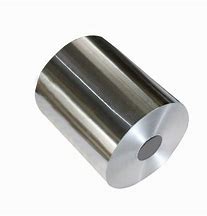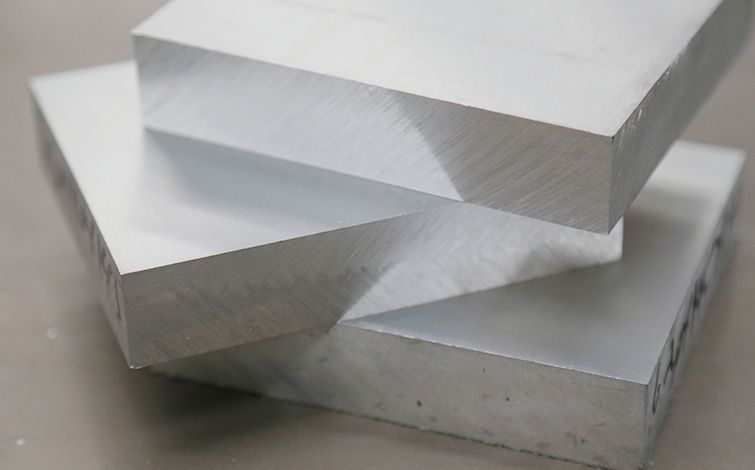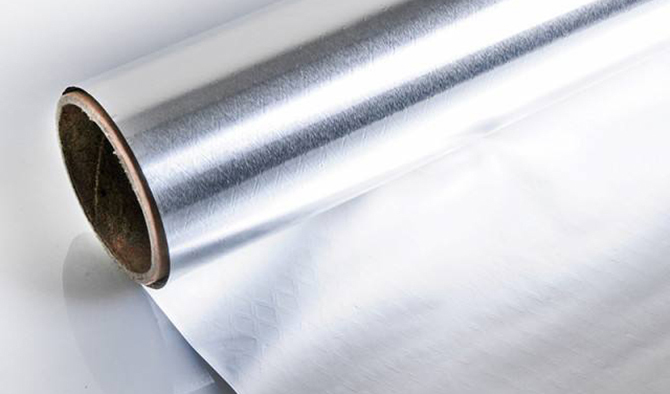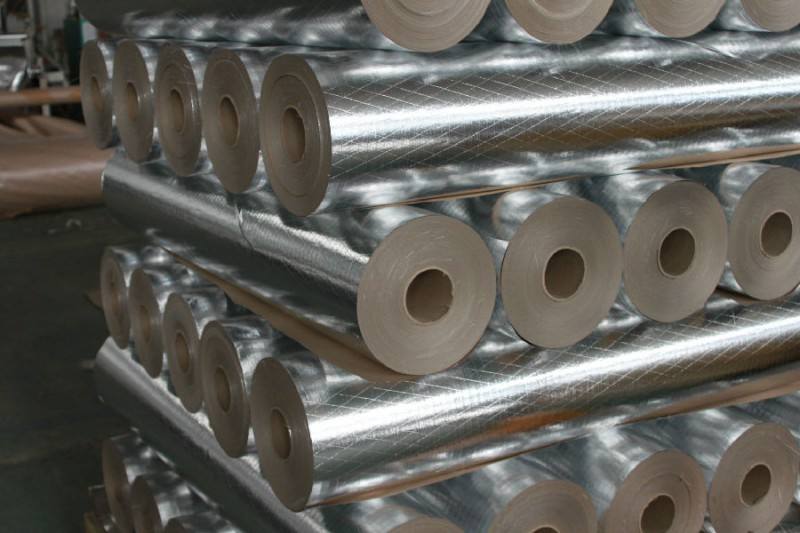



Aluminum coils are widely used in various industries such as construction, transportation, and manufacturing. They can be produced through either hot rolling or cold rolling processes. In order to choose the right type of aluminum coil for your specific application, it is important to understand the differences between hot rolled and cold rolled aluminum coils.
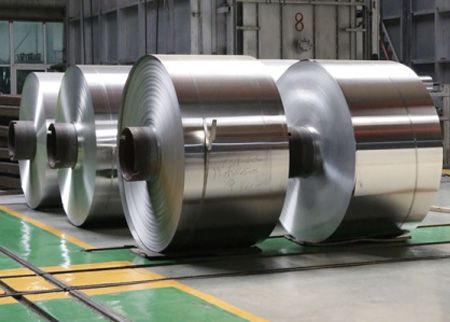
Here are some ways to distinguish between hot rolled and cold rolled aluminum coils:
Appearance - The surface of hot rolled aluminum coils is rough and less shiny, while cold rolled aluminum coils have a smoother and shinier surface. This is because the hot rolling process involves heating the aluminum to high temperatures, which creates a surface that is less uniform. In contrast, the cold rolling process involves rolling the aluminum at room temperature, which creates a more uniform surface.
Temperature - Hot rolled aluminum coils are produced at high temperatures ranging from 900°F to 1,600°F, while cold rolled aluminum coils are produced at room temperature. This difference in temperature affects the properties of the aluminum coils. Hot rolled aluminum coils are softer and more malleable, making them easier to shape and form. Cold rolled aluminum coils, on the other hand, are harder and more brittle, making them more suitable for applications that require high strength and durability.
Properties - The differences in temperature also affect other properties of the aluminum coils. For example, hot rolled aluminum coils tend to have a lower yield strength and a higher elongation than cold rolled aluminum coils. This means that they are more likely to deform under stress, but also more likely to be able to recover their shape after deformation. Cold rolled aluminum coils, on the other hand, tend to have a higher yield strength and a lower elongation, making them less likely to deform under stress but also less likely to recover their shape after deformation.
Thickness - Hot rolled aluminum coils are thicker than cold rolled aluminum coils. This is because the hot rolling process is able to produce thicker sheets of aluminum than the cold rolling process. This can be an important factor to consider when choosing an aluminum coil for your application, as the thickness can affect the strength and durability of the finished product.
Uses - Hot rolled aluminum coils are commonly used in applications that require shaping and forming, such as automotive parts, building facades, and kitchen utensils. Cold rolled aluminum coils, on the other hand, are used in applications that require high strength and durability, such as aircraft parts, electronic chassis, and structural components.
By paying attention to these factors, you can easily distinguish between hot rolled and cold rolled aluminum coils and choose the right one for your specific application.
* Thank you for your inquiry. Please provide your business needs information so that we can better serve you.
This information can help us assign the most suitable person to solve your problem. We will give you feedback within 1-2 working days.
Related Blog
